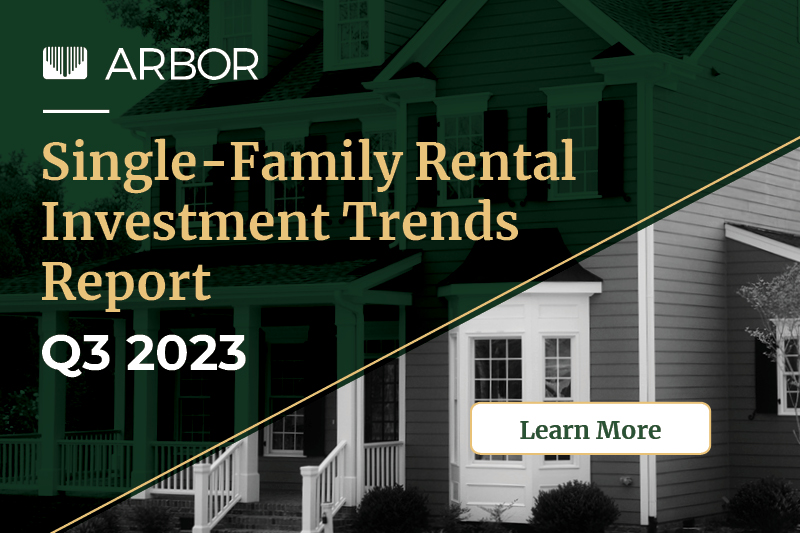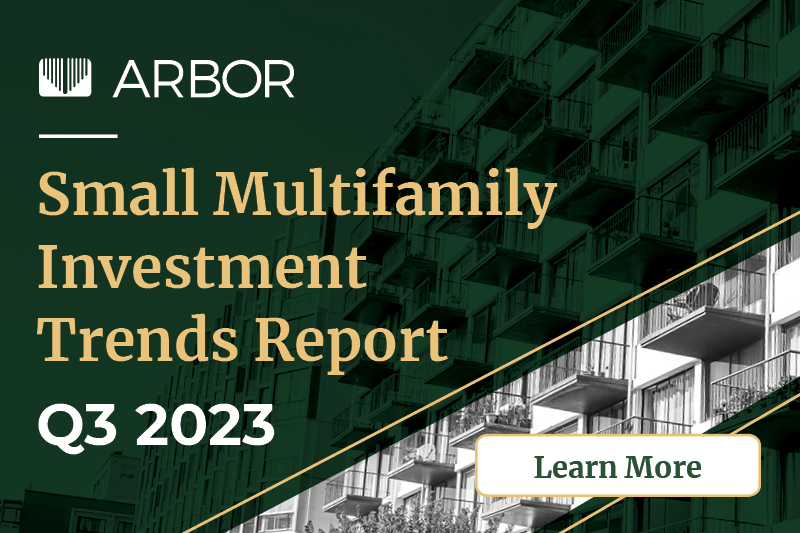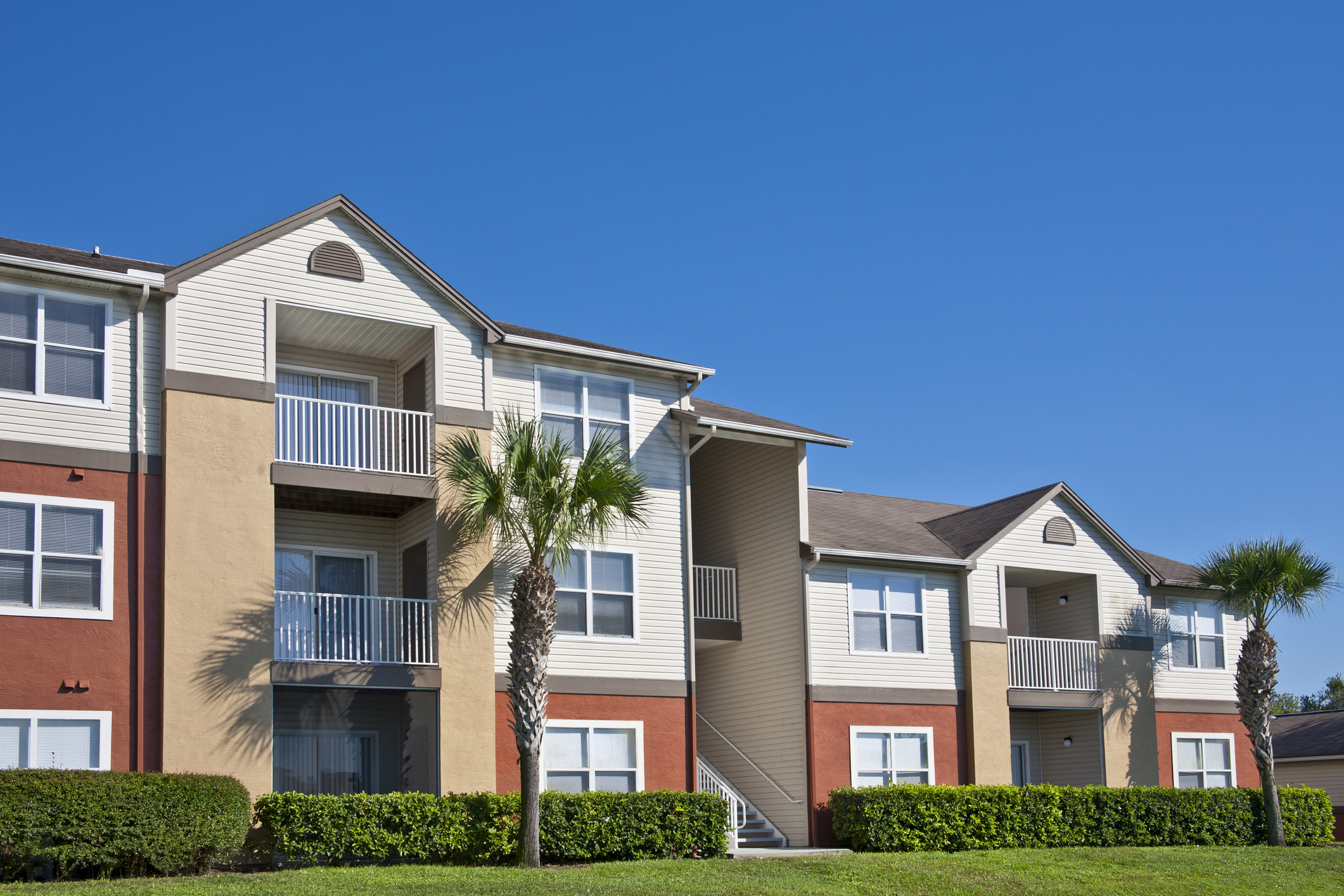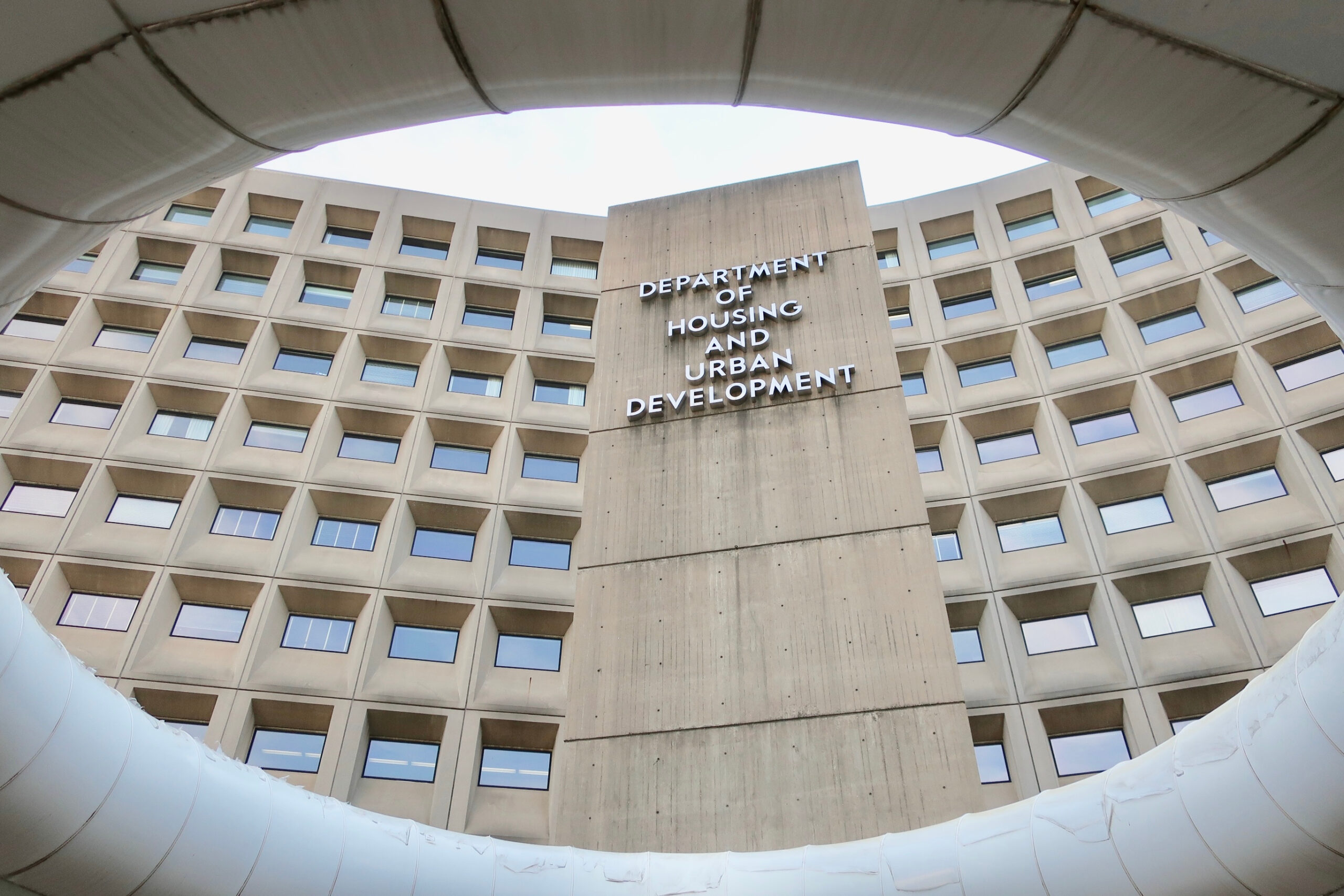The U.S. multifamily market remained strong to start 2024. Now that pandemic-related migration trends have settled, a diverse group of markets has risen to the top of the rent growth list.
The Top Five Emerging Metros for Retiree Relocation

As Baby Boomers reach retirement age, their evolving geographic preferences are strengthening housing markets and local economies in new locations, which feature attractive climates, relative affordability, and ample outdoor activities. With swelling populations of senior citizens, our top five emerging metropolitan areas for retiree relocation are fertile ground for multifamily real estate investment.

Single-Family Rental Investment Trends Report Q3 2023

More than halfway through 2023, the single-family rental (SFR) sector continues to demonstrate why it deserves the attention of multifamily investors. Arbor’s Single-Family Rental Investment Trends Report, developed in partnership with Chandan Economics, provides an inside look at this high-performing sector where SFR/build-to-rent (BTR) construction starts are breaking records amidst the ongoing challenges of elevated interest rates, tighter underwriting standards, and historically high cap rates.

Small Multifamily Investment Trends Report Q3 2023

Through the first half of 2023, market disruptions have had limited impact on the overall performance of the small multifamily subsector even as prices fell and cap rates climbed. Arbor’s Small Multifamily Investment Trends Report Q3 2023, developed in partnership with Chandan Economics, delivers data-driven analysis on the subsector’s structural health, shaping its positive outlook.

Generation Renter: Why the Multifamily Pipeline is So Promising

After the historic rental housing bull run of the 2010s and the early 2020s, the open question is: can it maintain this momentum over the next cycle? While the answer is highly debatable, trends in demographics, preferences, and market conditions show the presence of significant tailwinds that will continue to propel investment prospects forward. Chandan Economics, Arbor’s research partner, analyzed historical data from the U.S. Census Bureau to project how Generation Z could impact the future of the rental housing market.

Seven Things Multifamily Owners Need to Know About Insurance in 2023

Did you know that insurance costs for owners, operators, and developers of rental housing have climbed by an average of 26% over the last year? Rising interest rates and other economic headwinds make 2023 different than other years. If you need to acquire or renew rental property insurance, there are a few things you should know.

HUD Removes Cap on LIHTC Loans to Encourage Larger-Sized Affordable Investment

Last month, the Department of Housing and Urban Development (HUD) announced the removal of the $25 million loan amount cap for transactions under the Low-Income Housing Tax Credit (LIHTC) Pilot Program. Heralded as a massive win for affordable housing, this opens the door to more investment in a sector where tenant demand outweighs available supply.


